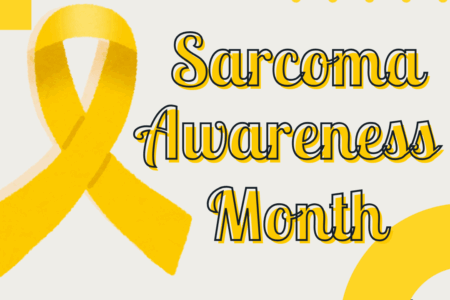
Share On Social!
A recent study uncovered some alarming facts about cervical cancer. Women are dying at higher rates from cervical cancer than previously thought.
Cervical cancer is one of the most preventable cancers. By getting regular Pap tests, doctors can find and treat abnormal cells in the cervix before they become cancerous.
Latinas already have the highest rates of cervical cancer among all groups of women.
Cervical cancer disproportionately impacts the Latino community at 9.7%, compared to non-Latinos at 7.1%, according to the Centers for Disease Control and Prevention (CDC).
The American Cancer Society also notes that in just this year alone, more than 12,820 cases will be diagnosed, and 4,210 women will die from the disease.
Even more important, perhaps, is that it is the leading cause of cancer death for Latinas, much due to lower income and decreased access to healthcare.
What Should Latinas Do?
First, they should see healthcare providers regularly, said practitioner Linda Dominguez of Southwest Women’s Health in Albuquerque, N.M.
“But more than showing up, we need to be prepared to ask important questions,” Dominguez told Latina magazine.
According to Latina magazine, a 2014 report found that more than half of new cervical cancer patients came from women who rarely, or never, got tested.
“We found that 85 percent of women consider their gynecologic appointment when they are getting ready that day,” Dominguez said. “It’s more important to me as a healthcare provider that women ask me about what tests they need and when, especially as it relates to cervical cancer screening.”
What about the Vaccine?
Starting at age 11-26, experts urge women to get the three-shot HPV vaccine that protects from the major strains of HPV that cause cancer.
“It’s important for parents to know that the vaccine is the primary means of preventing HPV,” said Dr. Deborah Parra-Medina, a Latino health researcher at the Institute for Health Promotion Research at the UT Health San Antonio. “The only way it will work is if we immunize before there’s any chance that the child has had exposure.”
The shot is relatively easily available. But only 70% of Latina women are getting them, compared to 75% of white women.
Though cervical cancer is hard to detect. Certain symptoms may occur as it develops, including bleeding not associated with menstrual cycles, unusual discharge, and pelvic pain.
“Women over 30 should ask their healthcare provider if they are getting a Pap test and an HPV test to ensure they’re getting the best cervical cancer screening possible,” Dominguez said.
Nanette Quintanilla knows this well.
She found out she had cervical cancer when her doctor called her as her family traveled to a soccer game. She got treatment and surgery at the Cancer Therapy and Research Center at UT Health San Antonio.
She is now cancer-free.
“There’s so many misconceptions about cervical cancer and the HPV virus, how important it is to get vaccinated, to vaccinate your daughters, nieces, granddaughters,” Quintanilla said. “I wouldn’t want any other woman to go through what I went through. There was no need for that.”
Explore More:
AccessBy The Numbers
25.1
percent
of Latinos remain without health insurance coverage



